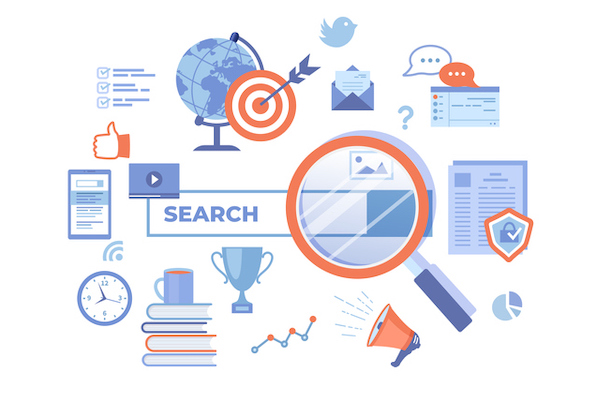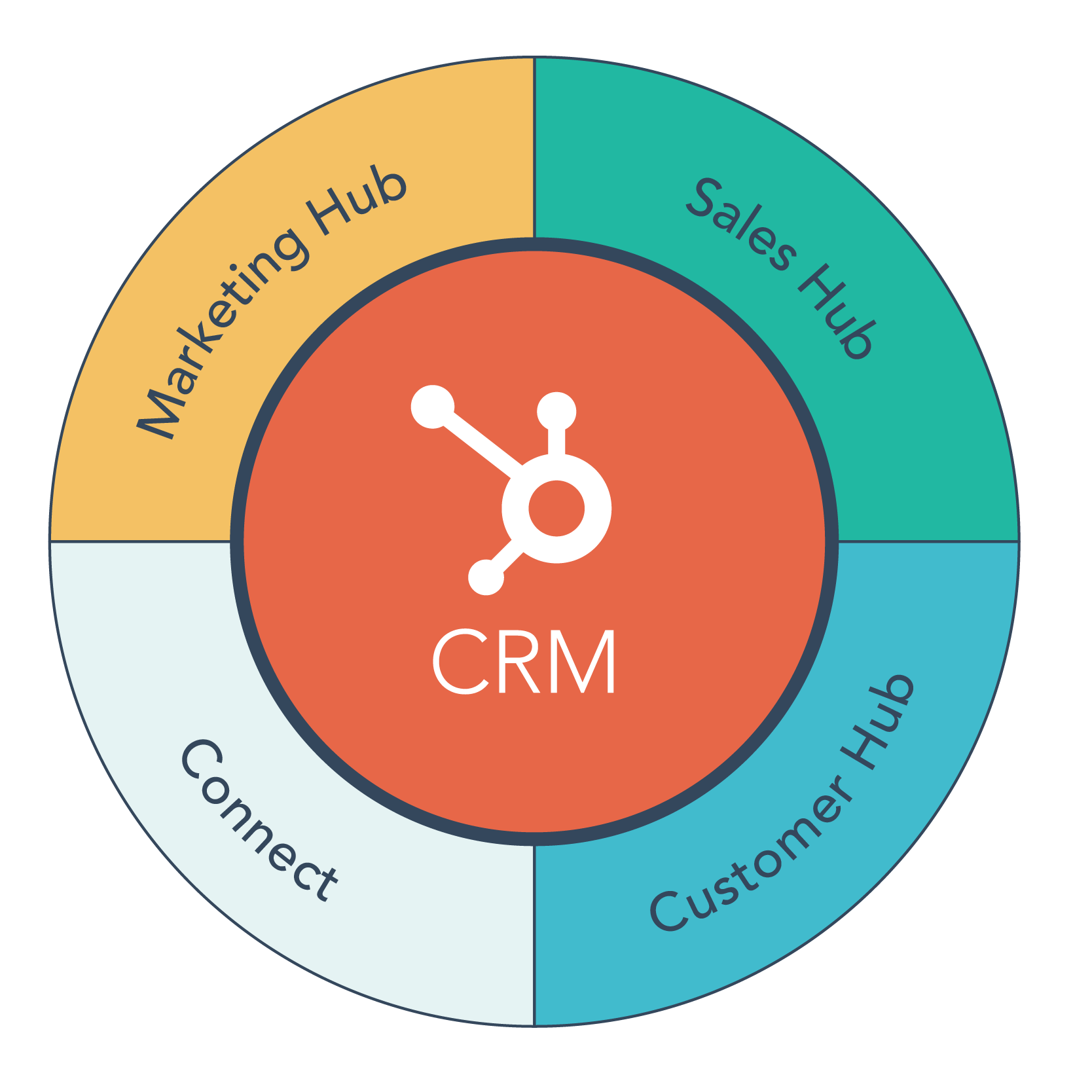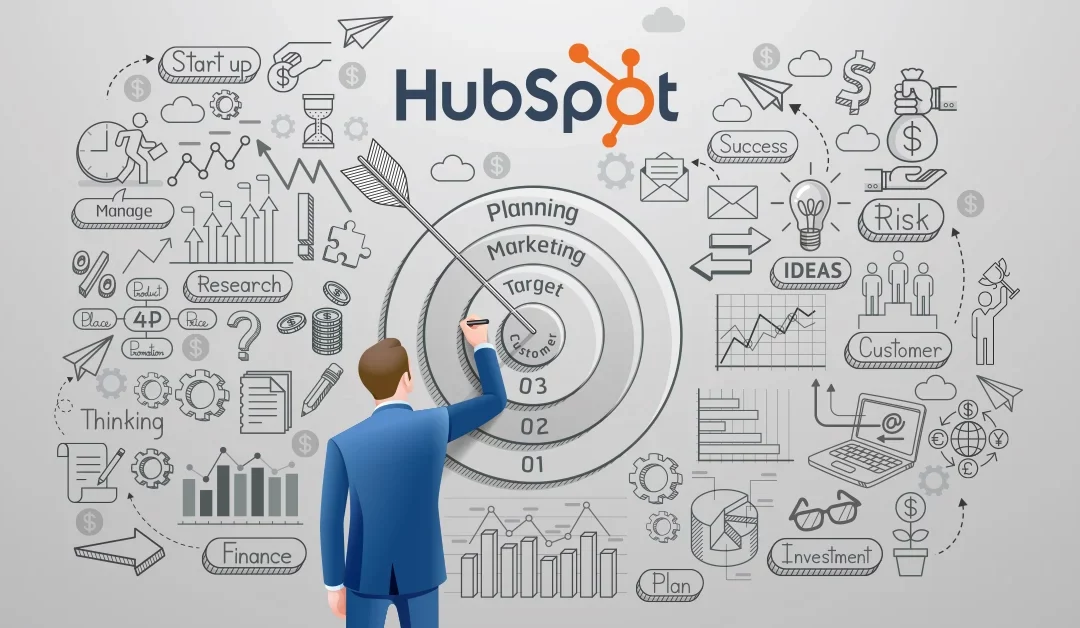FinTech and Financial Services companies are starting to realise the need for a customer-centric approach to lead generation and it’s proven that HubSpot’s inbound methodology has helped brands to supercharge their organic lead generation and grow their businesses online.
We have 12 tips that we ourselves apply while using HubSpot to generate business leads and revenue for our clients.

1. Create and Get to Know your Buyer Personas
Establishing and outlining your company’s buyer personas lays the groundwork for devising content and campaign strategies. It’s essential to direct your content toward your business personas, tailoring it to address various phases within the “buyer’s journey”.
2. Use Hubspot Campaigns to Build and Assign Content
Creating targeted content helps your website become a magnet for attracting quality prospects and driving traffic long-term. This tool allows marketers to plan inbound campaigns and assign content to each of them, tracking their performance and reporting on goals, targets and KPIs.

3. Optimise your Content with HubSpot’s SEO Tools
HubSpot has native SEO tools that highlight how well-optimized your content and pages are, providing recommendations on how to improve them. This helps you enhance your website content and ensure that it ranks highly when your personas search for subjects, products and services relevant to your business offering.
4. Nurture Leads with HubSpot’s Automation Workflows
Marketing automation enables businesses to drive targeted interactions with prospects and customers, based on data from your HubSpot CRM, list segmentation and behavioral triggers.


5. HubSpot’s Email Tool Helps you Deliver Successful Campaigns
Use their range of features to help you deliver effective email marketing campaigns. You can A/B split test your emails, add personalization, optimise for mobile devices and use smart send options, whilst leveraging automation functionality to nurture subscriber relationships.
6. Leverage HubSpot’s Sales Tools
Hubspot helps businesses to get their Marketing and Sales teams working together seamlessly, being aligned and having the best chance to convert leads into customers. Users can assign tasks (manually and automated) and set SLAs to ensure SQLs are followed up and also implement meeting booking features on key pages and content, helping you convert more leads into customers.

7. Maximize your impact
In B2B Financial Services marketing, you want your leads and prospects to take actions on your key website pages. Lead flows and smart content are great ways to encourage further engagement. Lead flows are customisable popovers, promoting content and capturing data, which can be placed on any website page. Smart content is a feature that can be used throughout your website, helping to tailor your user journey, according to lifecycle stage, website visits and a range of other dependencies.
8. Create Compelling CTAs
HubSpot’s CTA builder enables marketers to customise call-to-action buttons and even create visual CTAs, which can nfluence conversion rate. You can also deploy smart CTAs, which display customised buttons to different visitors based on data stored on their HubSpot contact record, or from information known about their device type, country, referral source or preferred language.


9. Manage Social Media with HubSpot
You can combine your social media marketing efforts effectively within HubSpot, as the platform allows brands to link up business and personal accounts for Facebook, LinkedIn, Twitter, Google+ and Instagram, to create and schedule social posts. HubSpot’s Social tool also enables companies to monitor social activity, carry out social listening and analyse engagement performance.
10. Integrate with Paid Social Channels
Paid social enhances the impact of your inbound content and helps you to target your personas effectively on key social channels. You can you use your HubSpot contact data and utilise social pixels to retarget website visitors, according to their actions, whilst you can integrate Facebook ads directly with the HubSpot CRM.

11. Reporting, Analytics and Performance
HubSpot has advanced analytics tools that help you harness the extensive inbound marketing performance data available (website visits, sources, click-throughs and form submissions, plus engagement rates for email campaigns and social posts). It’s important to have a good level of visibility on how your campaigns are performing and which content is generating most traffic and leads to make the best decisions.
12. Elevate your Customer’s Service Level
HubSpot has recently evolved its inbound funnel incorporating a Service Hub within the existing Marketing and Sales Hubs. It now includes an inbox which unites messages across chat, email and other channels, to help teams collaborate and enable customers to interact with companies. Customer support tickets have enhanced automation capabilities, plus survey and feedback tools, and a new Service dashboard feature to report support performance.


